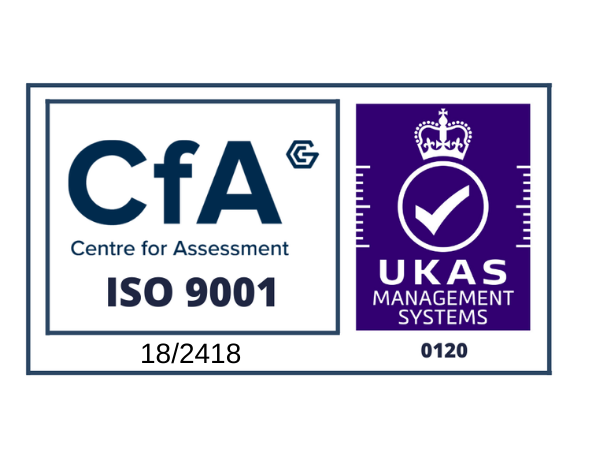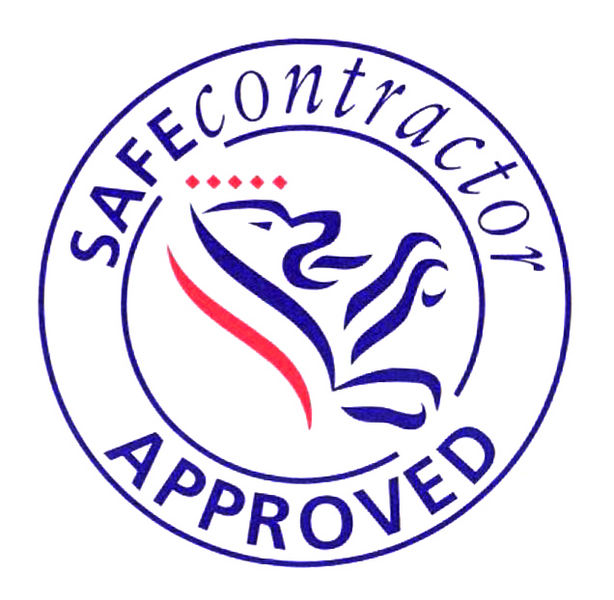Best Practice for Securing Construction Sites
However large or small construction sites are, they are still potential targets for burglars. They see them as easy areas to access with a large number of high-value items present, which makes them a lucrative risk. It's not just the problem of theft that construction sites have to protect themselves from; criminal damage and arson are also issues that need to be dealt with effectively. Here we look at some best-practice guidelines to help you ensure that your site is as secure as possible.
Risks on Construction Sites
Construction companies are seeing the cost of their insurance premiums rising, as they need to cover the increasing number of claims for theft and arson-related loss and damage. Every year the industry loses £400 million due to theft, with businesses having to cover for uninsured expenses, business interruption, liquidated damages and lost working hours. Construction sites also have to ensure that they protect members of the public and workers. Even those in adjacent properties could be affected if a fire takes hold on the site and spreads to other buildings.
Site Security
At each stage of the construction process you need to assess what the most appropriate security measures will be. This could range from high-level fencing to secure industrial gates at all the entrance areas. The type of security that you employ will vary depending on the location of the site, the operating hours and the materials and equipment that are present at that particular stage.
You need to consider what will attract thieves to the site, such as copper wiring or plumbing and other high-cost fittings. If these are stored in temporary outbuildings, they are not usually as secure as more permanent facilities. It's important to ensure that the buildings are secured with high-quality locks at all times, even when the site is operational.
Certain areas of sites can be easier to access than others, such as those where scaffolding is erected. This makes it easier for intruders to gain access to buildings on the site. You can employ measures to prevent people from climbing up the scaffolding and ensure that ladders are not located nearby to reduce the risk.
The most effective security measures will see a range of elements used in combination with one another. These could include manned security patrols, CCTV, perimeter fencing, exterior lighting, alarms, locks and industrial gates. Whatever type of security systems are in place, it's vital that all employees are aware of them and understand how to implement them. Whatever type of security you have, it will be rendered worthless if nobody locks the gates or switches on the alarm system.
Once you have an efficient security system in place, it will provide you with peace of mind that the site and the assets are safe even when the working day is over. This will enable you to concentrate on the work at hand and allow the project to be completed smoothly, to budget and without any interruptions.







